The peak of Stožina is located on the territory of the Durmitor National Park above the Pošćenska dolina. This is far from the highest point of Durmitor, however, due to its picturesqueness, it has become one of the symbols of the national park and one of the most frequently photographed peaks. It is called the gateway to South Durmitor.
Black Lake (Montenegrin: Crno jezero) is the most famous lake in the north of Montenegro and the main tourist attraction of the Durmitor National Park. This is his symbol and calling card. It is the largest reservoir of Durmitor and the second largest among the mountain lakes of Montenegro. 
Facts about the lake
Black Lake is located at an altitude of 1416 m above sea level.
The reservoir lies at the foot of Mount Međed, which adorns landscapes with a lake and is often picturesquely reflected in its waters.
In fact, there are a couple of lakes separated by a narrow strip of land: Big (Montenegrin: Veliko jezero) and Small (Montenegrin: Malo jezero). In dry periods, they represent two, although located nearby, but separate reservoirs. And when the volume of water increases, the lakes are connected into a single whole. True, due to climate change, in recent years this has not happened as often as before.
The amount of water and the depth of the lake vary with the season and the weather. During the year, fluctuations in the water level reach up to 5 meters.
When the lakes are combined, the total length of the reservoir reaches a maximum of 1155 m, and the width is 810 m. The total area of the two lakes is 515 m².
It is interesting that in summer water overflows from the Big Lake to the Small Lake, and in the cold season, on the contrary, from the Small Lake to the Big Lake.
The large lake has a maximum width of 615 meters and a length of 855 m. Its area is 338 m². Maximum depth - 24.5 m.
At the Small Black Lake, the area is much more modest - only 177 m². Its maximum width is about 400 m and its length is 605 m.
But this lake is twice as deep - its lowest point is 49.1 m from the surface.
The Black Lake is filled with underground waters, rains and mountain streams. The most famous of them is the Mill stream (Montenegrin: Mlinski potok). It is the only one that belongs to the number of permanent ones, the rest are seasonal and appear, as a rule, during the period of snowmelt.
The reservoir has a polygenetic (mixed) origin. It arose due to the melting of a glacier back in the Pleistocene era and occupied a funnel (Small Lake) and a bay (Big Lake), formed by karst erosion.
Legends about the Black Lake in Montenegro
But the Orthodox legend offers other reasons for the appearance of the lake, and says that it is much younger than scientists believe.
According to legend, once Sava, one of the most famous and revered saints of the Serbian Orthodox Church, who lived in the 12th-13th centuries, came to these places with his disciples. The travelers stopped to spend the night in a monastery located near a small settlement. Both that monastery and the village were located in the Durmitor valley, on the site of the Black Lake.
The monks at first received Sava and his companions well, but they did not believe that they were a holy man. And they decided to deceive and denigrate him. At night, they killed a rooster and slipped the animal into the guest's bag. And the next morning, the unsuspecting Sava got up and set off with his students on a further journey.
The monks got on their horses, overtook them and began to shout that Sava had robbed the monastery. The saint denied this, but the members of the religious community continued to follow Sava, blaming him and demanding retribution.
As a result, a bag was torn off Sava's shoulder and a dead rooster was taken out of it. After that, the Durmitor monks took money from the wanderer and drove back.
Sava was angry and said after them: "Let the earth open where your monastery stands, and this place will be called neither a city nor a village, but Black Lake!"
When the monks returned home, they froze in amazement: there was not a trace left of the village and the monastery, they completely disappeared under the water. Only on the surface of the lake floated the black hat of one of the monks.
There is a slightly different version of the same story: Sava was passing through Durmitor and stopped to rest in a mountain village. Someone for some unknown reason accused him of stealing, while the rest believed in it and desired immediate reprisals. The hero did not have time to justify himself, and he decided to run away. The locals rushed after him.
The behavior of the villagers angered Sava so much that he changed his initial decision: he stopped, crossed himself with his staff and ordered the water to flood the village of stupid people who unjustly accused him. A huge amount of water immediately began to flow from the mountains, and now the villagers fled - from the elements catching up with them.
Those who wanted to take refuge in the mountains were overtaken by water at the site of the current Small Lake. And those who rushed to the fields, she covered in where the Big Lake is today.
Information on visiting the Black Lake in NP Durmitor
How to get to Black Lake
Black Lake is located 2.5 kilometers from the center of the city of Žabljak.
Walking to the entrance to the lake takes only about half an hour.
A quite decent asphalt road leads to the sights, so it will be easy and comfortable to get to the location by car.
Parking in front of the entrance to the national park costs 2 € for a car and 0.5 € for a motorcycle. There is no hourly payment, the price is for the whole day of parking.
Paying for a visit
At the end of the car park is one of the entrances to the national park. In a small wooden house, installed in front of the barrier, you will have to pay for parking and entrance tickets.
Children under 15 years old go to the lake and the park for free, the rest will have to pay 3 €.
This is a 1 day ticket, but there are other types of tickets: 3 days for 6 €, 7 days for 12 €, 15 days for 20 €.
Also, visitors have the opportunity to purchase a subscription for the entire calendar year for only 30 €.
What to do near the Black Lake?
Black Lake has become the most visited location in the national park, largely due to its beauty, but partly also because of its accessibility - not only for outdoor enthusiasts, but for almost all categories of citizens, from families with small children to pensioners.
An asphalt road goes straight to the lake. It is forbidden to drive a car along it after the payment point, but going this way (or pushing a stroller, or riding a bicycle) is very simple and pleasant.
Along the road there are souvenir stalls selling local products. As a rule, this is something edible: dried mushrooms, honey, jars of honey-nut mixture, liqueurs, rakija, juices.
Also along the way, in the shade of coniferous trees, there are wooden benches where you can sit and rest.
But it’s better, of course, to have a rest already by the lake - there are also a lot of benches there, and the views and atmosphere are much more impressive.
Even at the very beginning of the road, not far from the checkpoint, there is a playground for children under 15 years old.
And already next to the lake is an adventure park. Or rather, even two parks - for adults and for children. They work from May 1 to October 1 from 9:00 to 19:00.
At the service of tourists near the Black Lake there is also a restaurant with a terrace overlooking the reservoir. You can drink coffee in it, but in order to eat, this is not the best place: the prices are too high, many complain about the service and the quality of the dishes.
In front of the path to the restaurant, closer to the main road, there is a free public toilet.
There are also drinking fountains in a couple of places.
One of the fountains has not only a practical, but also a memorial function. It is located to the right of the main approach to the lake, at a small wooden bridge.
This drinking fountain was installed in memory of people from the nearby villages of Bosača and Pitomine, who fought for the freedom of Yugoslavia and died during the People's Liberation War. This object is included in the list of cultural monuments of the Žabljak region.
Since we are talking about monuments, there are a couple more near the reservoir.
Monument erected in honor of the meeting of the General Staff held by Josip Broz Tito at the Black Lake on May 21, 1942.
In winter, the main reservoir of Durmitor freezes. Every year it is under ice for about 70 days.
Almost the whole year the temperature in the lake is quite low, only in July and August the water warms up to +20+22 degrees. In general, as a rule, the water temperature is lower than the air temperature by 4 degrees.
There are no equipped beaches here, as well as lifeguards, but swimming in the lake is not prohibited, which some visitors enjoy using on hot summer days.
Speaking of activities on the Black Lake, it is worth mentioning fishing. It is allowed, but with restrictions - in certain areas and only at the time set by the administration (months, days of the week and even hours are set). In addition, you are required to purchase a daily license, which costs 20 €.
It is recommended to release the fish immediately, however, the rules of the national park allow you to take up to 4 trout with a length of 25 cm or more. You can only catch with artificial bait.
In addition, boats are rented on the lake for 8 € per hour, and double kayaks for 4 €.
Quite a lot of different marked trails originate from the Black Lake: to mountain peaks and other lakes, as well as to the Sedlo Pass and the Ice Cave.
At the end of the central alley leading from the main entrance to the lake, there are a couple of tables not only listing locations and directions, but also basic information: degree of difficulty, approximate duration of the route (one way), its number and so on.
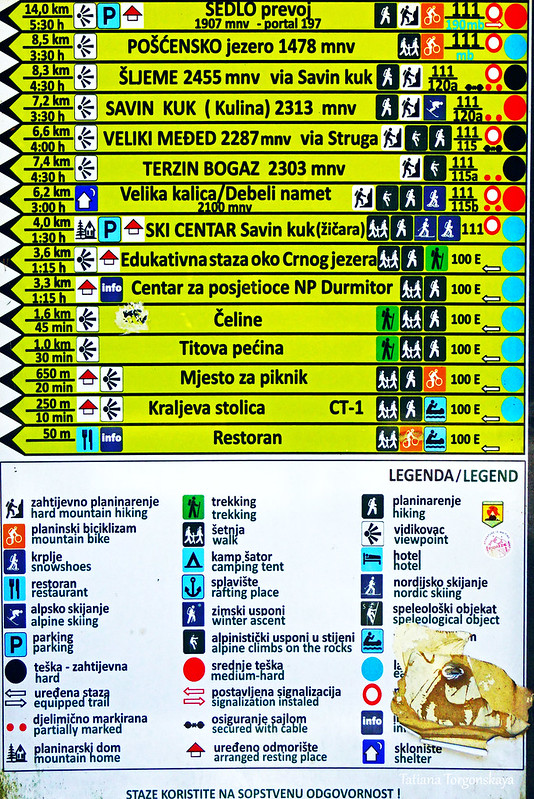
A relatively easy hiking trail has been made along the reservoir, read about it in the post "Route around the Black Lake".





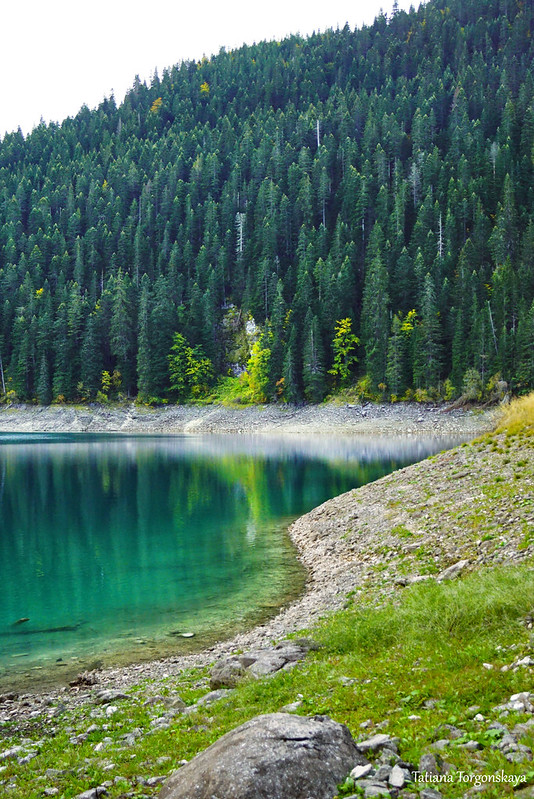



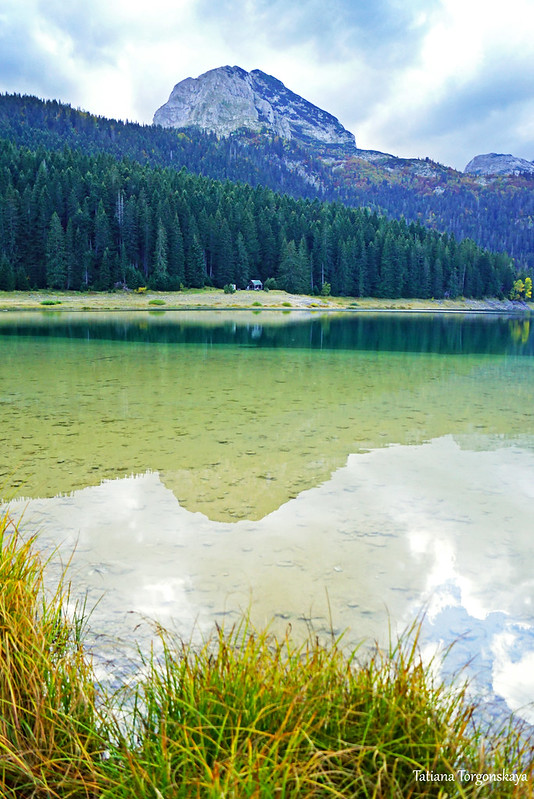



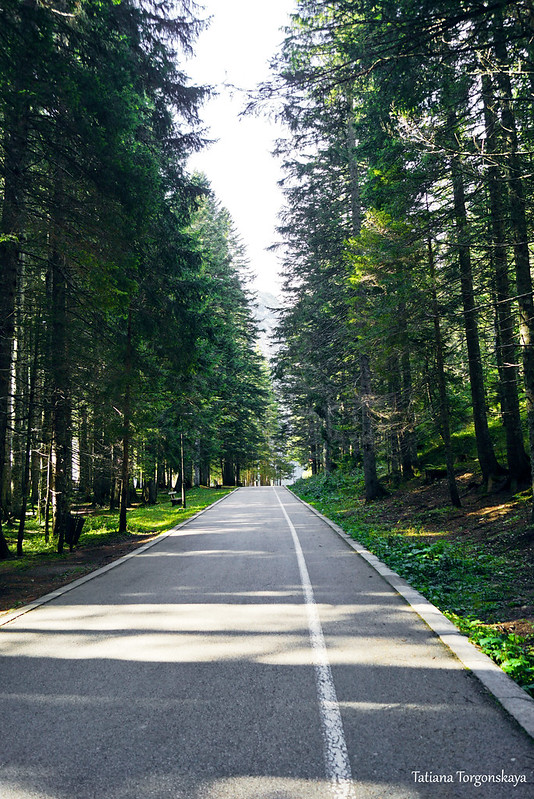






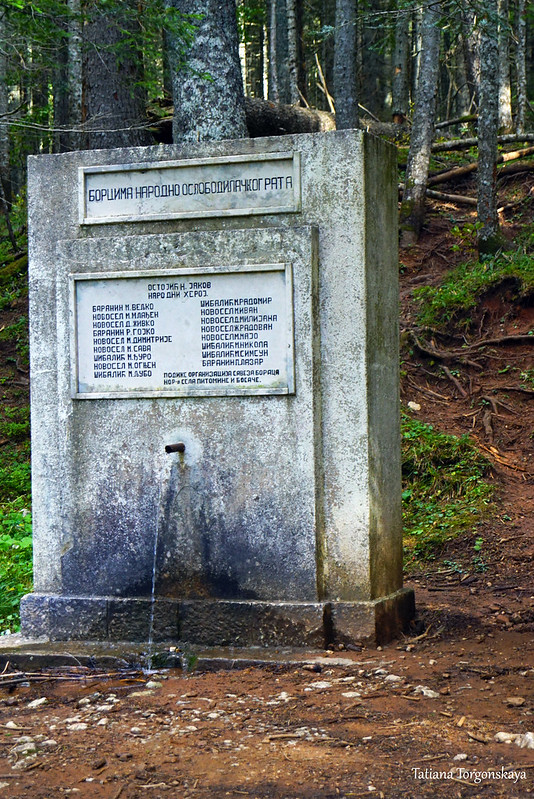
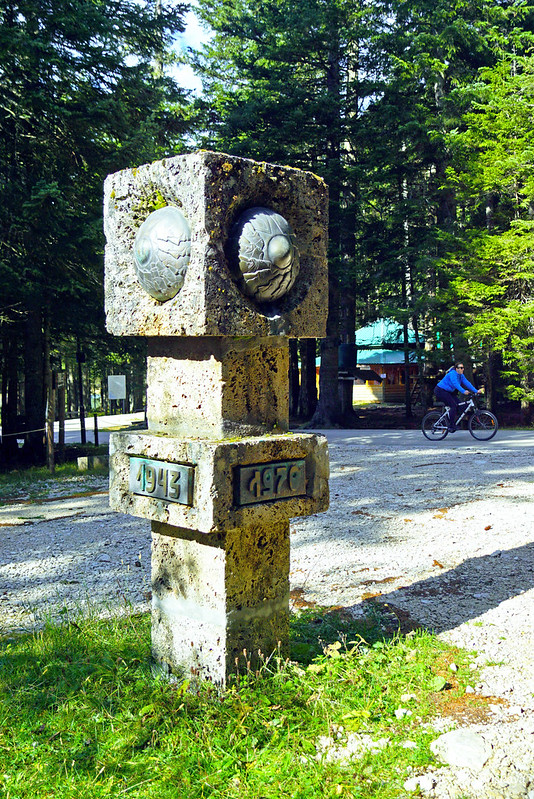
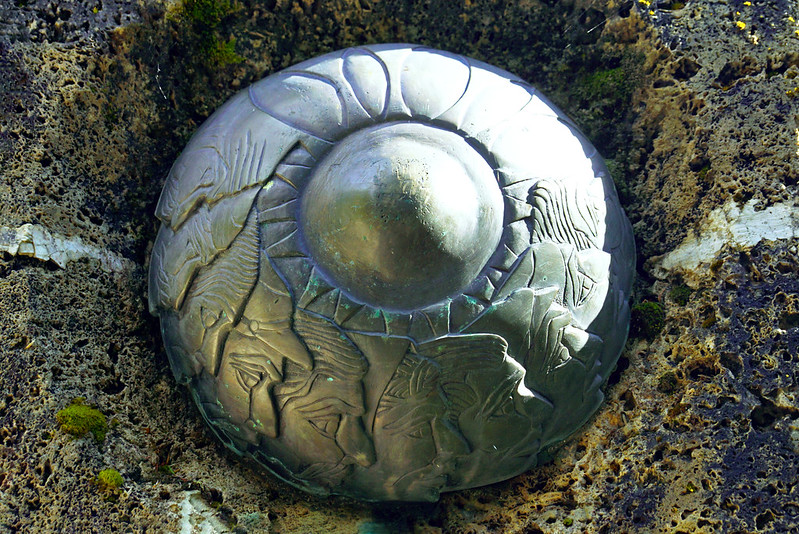




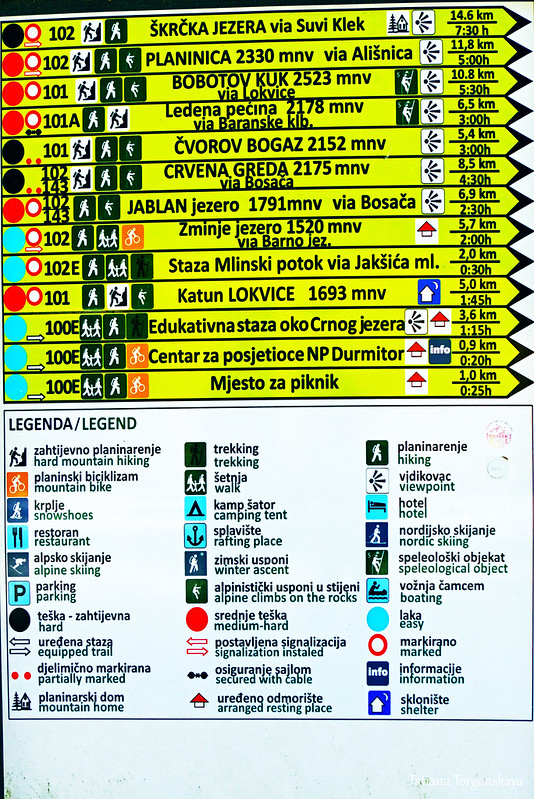
Comments
Post a Comment